Special report: SA men struggling for jobs, but women win work, as manufacturing goes into reverse but health and services expand
As it’s revealed SA unemployment rate has spiked and is still the worst in the nation, The Advertiser digs deep in to the numbers and finds a deep divide between the sexes in a rapidly transforming economy.
SA News
Don't miss out on the headlines from SA News. Followed categories will be added to My News.
- South Australian jobless rate for July balloons to 6.9 per cent
- Get more as a digital subscriber
- Why our boys are struggling to know what to do post school
Men are struggling the most to find jobs in SA’s rapidly changing economy, as old-fashioned manufacturing goes into reverse but women win work in growing health and services sectors.
The figures have sparked calls to accelerate infrastructure spending and improve transitions into new industries, such as defence and space.
ABS figures out today reveal SA’s unemployment rate is now 7.3 per cent, the worst in the nation again and the highest in three years.
Last month, it was 6.9 per cent — also Australia’s worst, and a development Premier Steven Marshall controversially said contained “great news” and was no issue “whatsoever”.
The Advertiser today takes a deep dive into the state’s employment data, which reveals surprising facts about the winners and losers in a transitioning state – and the urgent need to prepare for the future.
South Australian employment over the past 10 years – click here if not displaying on your device
The results are revealed as part of the new campaign Future Proof, from The Advertiser and Sunday Mail, which will investigate our changing economy and what needs to happen across industry, education and the community for SA to prepare for so-called “jobs of the future”.
Experts cautiously — and incorrectly — predicted SA’s overall unemployment rate would drop today in a correction to a surprise steep spike last month, while warning SA must still deal with deep and long-term structural issues to provide the opportunity of work to all who want it.
Australian Industrial Transformation Institute director John Spoehr said SA was still “living with the aftershocks” of Holden’s 2017 closure and the loss of a “foundational industry”.
“The figures, particularly the male labour force survey figures, tell us we have a problem of insufficient growth in sectors which are major employers of men,” he said.
“This task became all the harder with the closure of the automotive manufacturing sector, generating greater dependence on other sectors to do the heavy lifting.”
Professor Spoehr said it was vital to “bring forward major construction and infrastructure projects” and put in place “a range of strategies designed to help accelerate the growth of the industries and jobs of the future”.
He said the $90 billion ramp-up in submarine and ship building, still several years away from being in full swing, offered significant hope but “we can’t turn that tap on quickly”.
It was therefore crucial SA keep as much subs work as possible, including maintenance, he said.
Without this, “there is a strong possibility that male unemployment will continue to rise”, he said. Professor Spoehr said the outlook for women was “in positive territory, but it is hardly spectacular” and was being driven largely by investments in health, ageing and disability.
SA Centre for Economic Studies executive director Michael O’Neil said the recent jobless spike was driven by the number of new jobseekers outstripping the growth in work available.
“There’s an underlying employer confidence that’s still there as a result of the change of (state) government, sometime their long honeymoon period will end, but that’s probably the thing that has kicked up a higher participation rate,” he said. “But, the economy is not then taking that participation rate and putting people into jobs. That’s a structural issue.”
Associate Professor O’Neil said the move to hi-tech industries posed the greatest challenge for traditional blue-collar workers, at risk of being left behind as the skills needed to be changed. “All of this trend is making the prospects for less educated males and females very difficult to find employment, and that’s a dangerous situation,” Prof O’Neil said.
It was vital people were retrained for emerging jobs, he said.
“We should do a lot more to get people work ready. We need to get really serious about education. You don’t get a sense that there is any overarching strategy about building the skills and capacity of the people that, at the end of the day, underpins real innovation.”
Jobseeker Stephen told he is too old – and he’s only 53
Stephen wants a job. The 20-year Holden veteran took a package as the car maker wound down. He has since applied for hundreds of jobs without luck.
He told The Advertiser that he is willing to go just about anywhere, and has done everything to try get back into a workforce that is leaving many blokes like him behind. That includes retraining and starting a cleaning business that has brought patchy income.
His struggle is reflected thousands of times over in the high-level jobs figures that come out every month, but too often left untold.
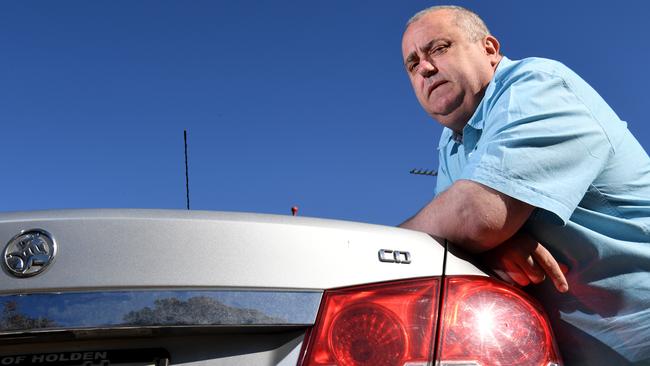
Stephen, a 53-year-old who asked that his surname not be used, says many bosses are clearly unwilling to take a punt on someone of his vintage.
“It’s not a good experience,” he said.
“I took a package and thought, ‘well, if nothing happens for a while don’t worry because you’ve got two years pay’.
“Some of them (employers) will say to you ‘what’s your age’ and others will ask ‘what year were you born’?
“It’s not by the rules, but that’s how it is sometimes.”
Stephen took a course in the responsible service of alcohol, before becoming a sole trader in cleaning when he couldn’t crack into pubs.
“I’ve written for bottle shop and front bar work.
“I’ll be onto the third or fourth interview and think I’ve nailed it. Then you get the email (saying ‘no’).”
Stephen just wants a chance to prove his value.
“I would love to get into a job,” he said. “But it’s easier to find a job when you’ve got a job.”
Is your business willing to give Stephen a go? Send us a message on Facebook.com/theadvertiser.
New tech hub looks forward to the future
There is no sign of the DeLorean from Back to the Future - but a new innovation hub in Adelaide’s northwest has showcased tricks that would make Marty McFly and Dr Emmett “Doc” Brown proud.
The Motor Trade Association and has joined forces with a Sydney based tech company, Tradiebot, to supercharge the motoring industry with new technology.
Students are learning to spray paint vehicles with virtual reality googles, augmented reality will help others fix a motor for the first time without the need for a thick service manual and a 3D printer is creating customised fixes for broken headlights.
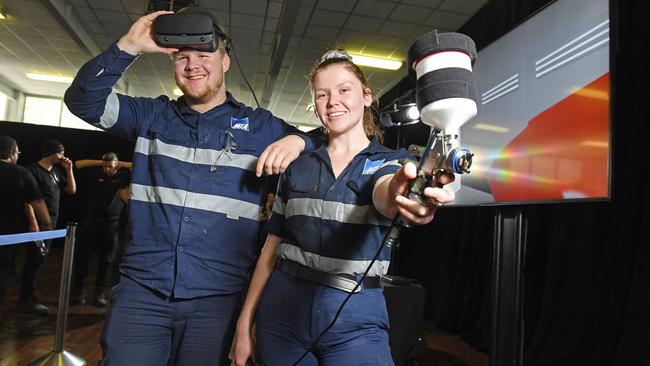
MTA chief executive, Paul Unerkov said the innovation hub would be the core of delivering new skills, training and advancing technologies to the current and future workforce.
The training centre will also be used as a tool to entice more young South Australians into the industry that is in desperate need of more workers.
“The centre will showcase the latest in automotive innovation to schools and students, allowing them to see the latest technologies being used and developed in the automotive service and repair space,” he said. “This will provide a new perspective to the trade and demonstrate the stimulating career interest in our industry that is starving for new, fresh talent.”
First year MTA apprentice Aaron Egan said the technology was great to showcase where the industry was headed.
The 20-year-old from Mawson Lakes used virtual reality googles to practice spray-painting a car. “Being able to practice the technique, and being able to see where you are covering and where you are not, is great,” he said. Amber Jones, a 19-year-old first year apprentice agreed: “It is awesome to have this sort of technology ready and available to us.”
- Matt Smith
Confidence up as subs give SA renewed hope
Analysis – Daniel Wills
One of the biggest con-jobs in politics is the claim that any government is in full control of the economy, and fully responsible for who can find work.
But all sides play into it.
The politician who is in the big chair today has a personal interest in convincing you that the other guy would trigger an instant recession and disaster.
That other guy, who wants the top job, buys into the fiction by blaming his rival for any bad thing that happens and saying only he has the fix.
But when you zoom out and look at the state of SA’s jobs over the past decade, a much clearer but more far complex picture comes into focus.
There is a new, overdue, growth story emerging in SA.
Neither former premier Jay Weatherill or his successor Steven Marshall can fully own it. But each can probably claim just a little of the credit.
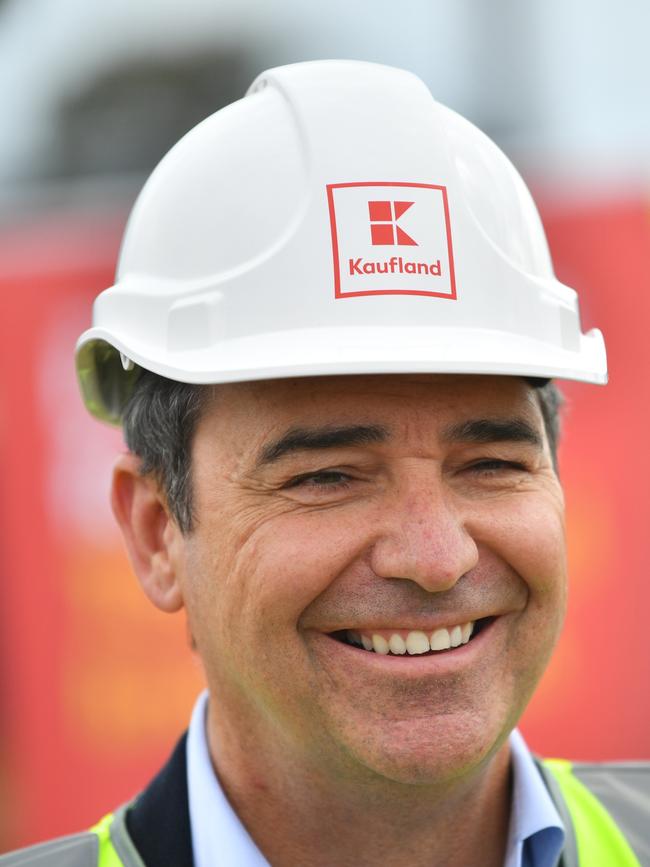
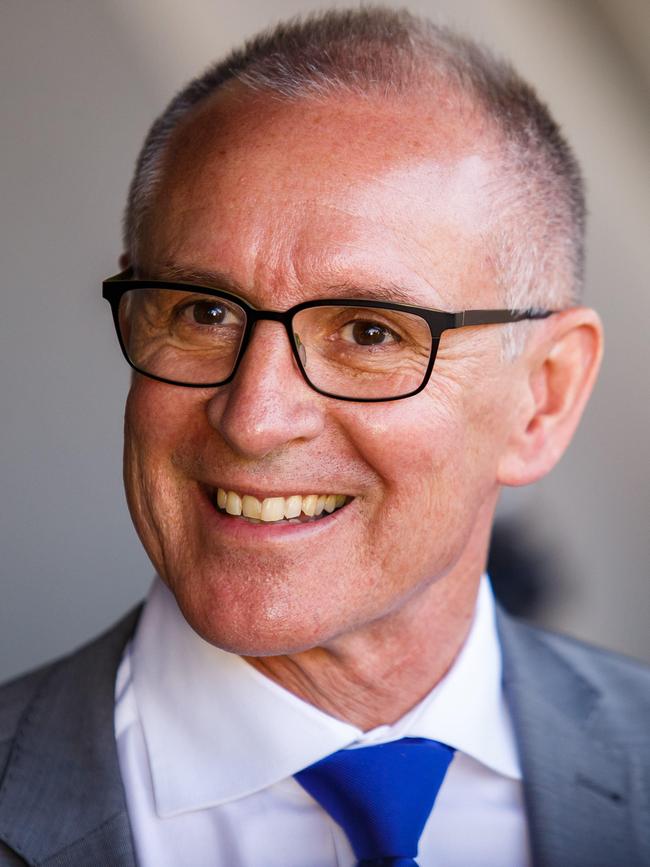
SA suffered through a morale-crunching few years after the Olympic Dam expansion was put on ice. That disappointment, more wounding due to all the political “overspruiking”, was followed by the bad news on Holden’s closure and further humiliation that flowed from the statewide blackout. In those dark moments, it was pretty hard to feel confident about anything in SA. And that can be seen in the long-run employment figures.
Just about every new job created in SA between 2010 and 2016 was cancelled out by one that was lost elsewhere.
Businesses at the time were worried about tomorrow, shy to put people on. Investment slowed, jobs growth flatlined.
But since 2016 and today, SA has created 50,000 more new jobs than have been lost.
It’s a remarkable turnaround that follows one very significant event.
That was former prime minister Malcolm Turnbull, after two years of turmoil and doubt, standing up at Techport to say that Adelaide would build Australia’s fleet of future subs and frigates.
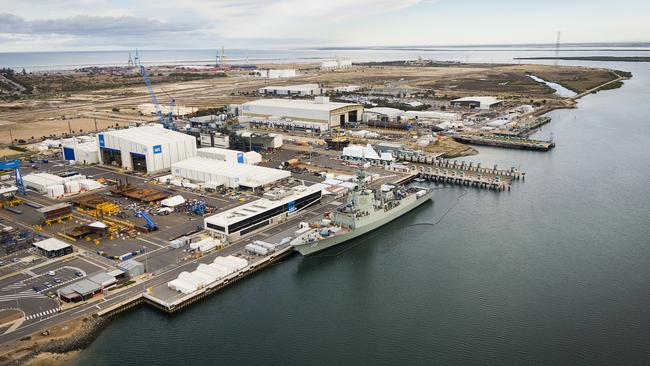
Even more striking is that the steady trend of jobs growth that’s followed, starting under Mr Weatherill and continuing under Mr Marshall, has happened despite the actual work of subs construction still being a long way from full swing.
It’s all about confidence.
SA feels better about itself.
That is having a subtle positive effect on job creation, when seen through the lens of time. This confidence is also, according to experts, leading more people to look for jobs.
But they are joining the queue more quickly than positions are opening up. Mr Marshall’s challenge is to ensure confidence is maintained and more people who want work can actually find it. Because that damning headline result from last month, of having Australia’s highest unemployment rate, is nothing at all to be confident about.
